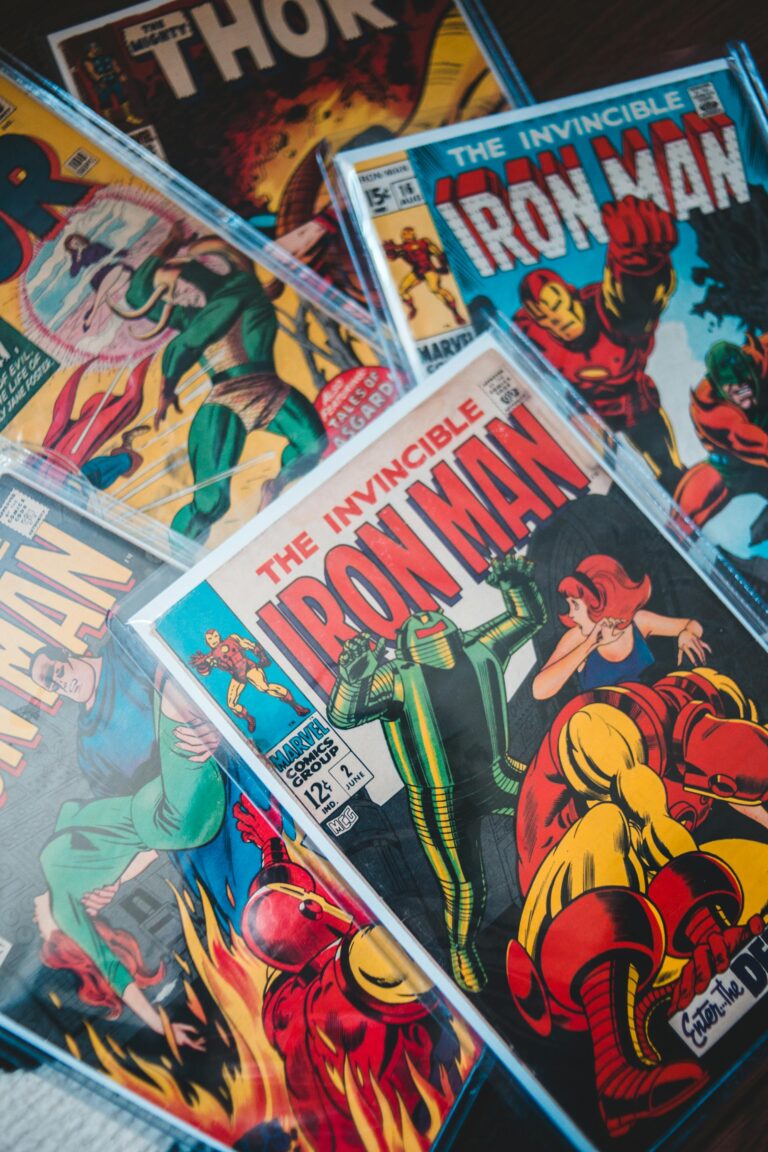In the age of social media, humor has become a science. What separates a joke that gets three likes from one that gets three million shares? The answer lies in a fascinating intersection of psychology, neuroscience, and social dynamics that content creators are only beginning to understand.
The Surprise Factor
Neuroscientist Dr. Suhang Jiang’s research reveals that our brains are constantly making predictions about what comes next. Humor works by setting up an expectation and then subverting it in a surprising but logical way. The most viral jokes master this “benign violation” theory—they break social norms just enough to be funny, but not enough to be offensive to their target audience.
Timing is Everything
The concept of comedic timing isn’t just about delivery—it’s about neurological processing. Our brains need exactly the right amount of time to process the setup before the punchline hits. Too fast, and we miss the joke. Too slow, and we’ve already figured it out. Viral content creators intuitively understand this rhythm, crafting jokes that match the average human processing speed.
Social Connection Through Shared Experience
The most shareable humor creates instant in-groups. When someone shares a joke, they’re not just spreading entertainment—they’re signaling their identity and seeking connection with others who “get it.” This is why niche humor often spreads faster within specific communities than broader, more generic jokes.
The Incongruity-Resolution Model
Viral jokes often follow a predictable pattern: they present something incongruous (unexpected or contradictory) and then provide a resolution that makes it make sense. This mental process of confusion followed by clarity triggers the release of dopamine, creating the physical sensation we associate with finding something funny.
Cultural Context and Timing
The most viral humor taps into current cultural moments, fears, or shared experiences. Jokes about everyday frustrations (like video call mishaps or food delivery apps) spread quickly because they reflect universal experiences in contemporary life.
Understanding these principles won’t guarantee viral success, but it explains why some jokes transcend individual tastes to become cultural phenomena.



